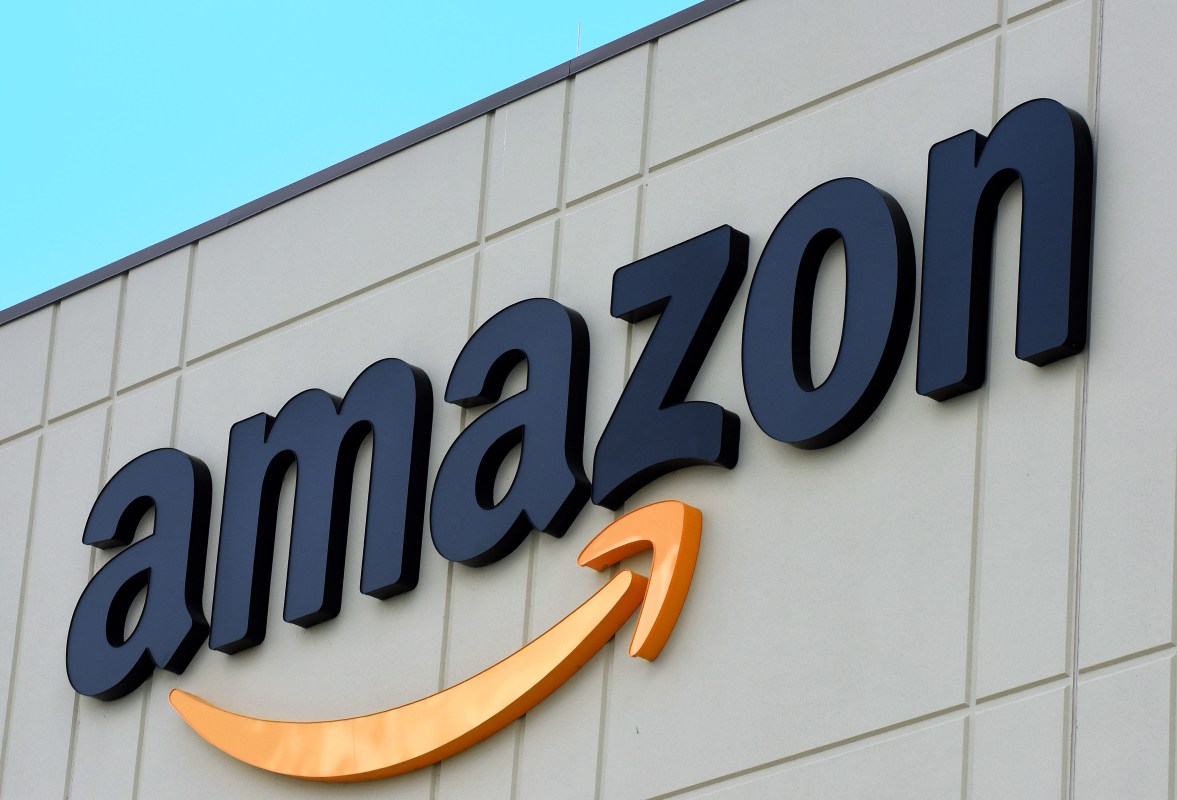Retail giant Amazon has its sights set on low-income shoppers, who typically frequent discount warehouse stores such as Walmart.
Although Amazon accounted for nearly half of all online spending in the U.S. in 2018, revenue growth for the company slowed to 17 percent in the first few months of 2019, compared to a margin that surpassed 46 percent within the same period last year. New programs that the company announced earlier this month will target rural and low-income demographics, which have depended primarily on Walmart in the past.
Included in the new initiative are discounted Amazon Prime memberships for those on certain governmental assistance programs, a reloadable prepaid card for customers who don’t have credit, and a new credit card program – dubbed “Amazon Credit Builder” – for customers who want to establish or rebuild credit (The catch? The card has an interest rate topping 28 percent).
According to Walmart executives, an estimated 18 percent of the country’s food stamps had been redeemed at the company’s stores, amounting to roughly $13 billion in annual sales. The retailer — which maintains over 4,700 stores nationwide — also offers check cashing, bill payments and other assets for those without credit cards or bank accounts.
While critics of the new programs, such as Sen. Bernie Sanders (D-VT), state that “this kind of greed makes the poor even poorer”, Amazon has expressed that the company is “committed to making it easy for all customers” to use Prime.
“It’s about diverting customers away from Walmart,” said Andrea Leigh, a former Amazon executive who is now vice president of Ideoclick, a Seattle firm that helps brands sell on Amazon.
However, it seems like Amazon may be fighting an uphill battle as low-income consumers are currently the group least likely to have Prime memberships, according to a 2016 Cowen survey. 60 percent of Prime-subscribed households make more than $150,000, while only 31 percent of make less than $25,000.
Editor’s Note: RealClearLife, a news and lifestyle publisher, is now a part of InsideHook. Together, we’ll be covering current events, pop culture, sports, travel, health and the world. Subscribe here for our free daily newsletter.
Read the full story at Washington Post.
Thanks for reading InsideHook. Sign up for our daily newsletter and be in the know.



















